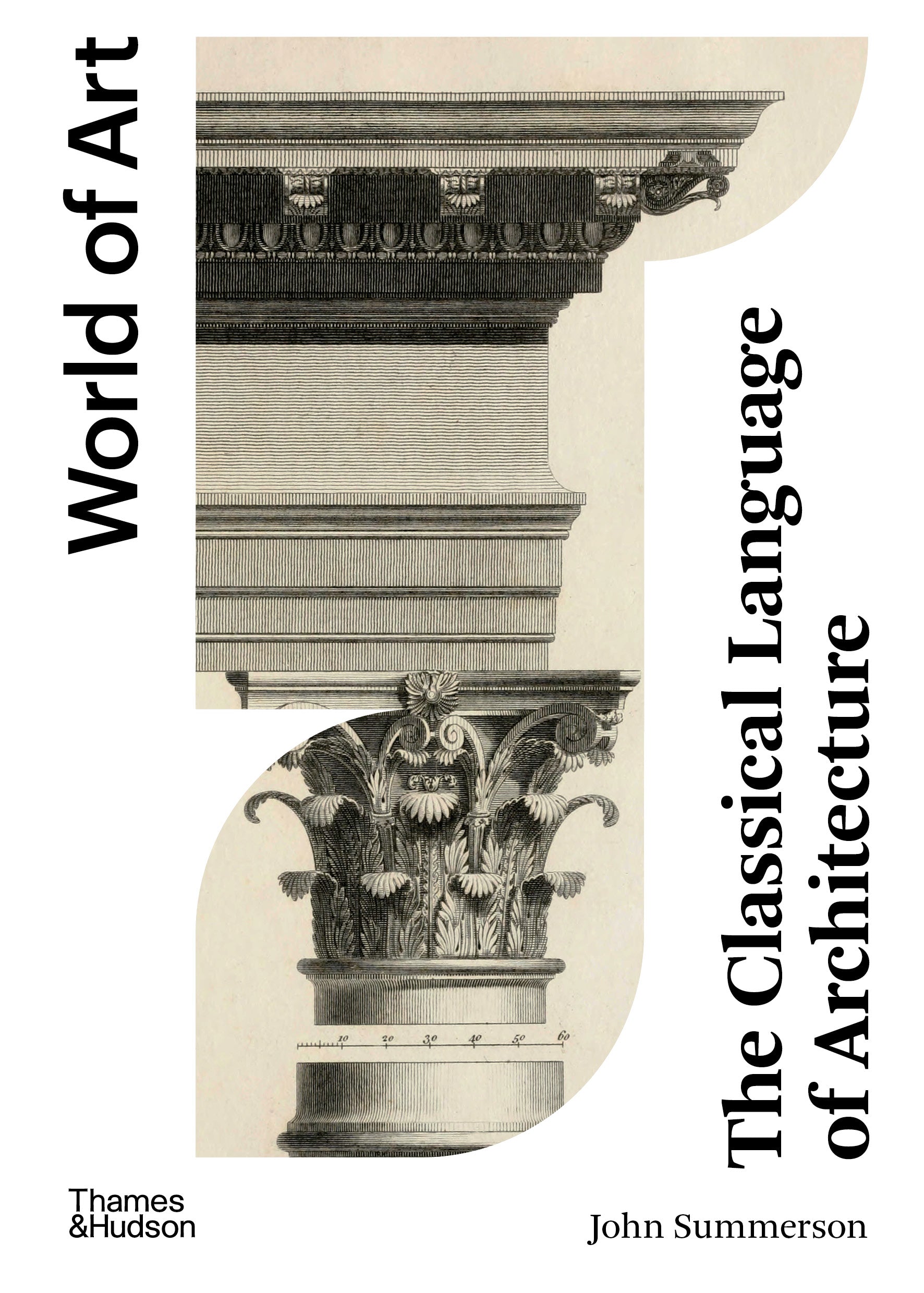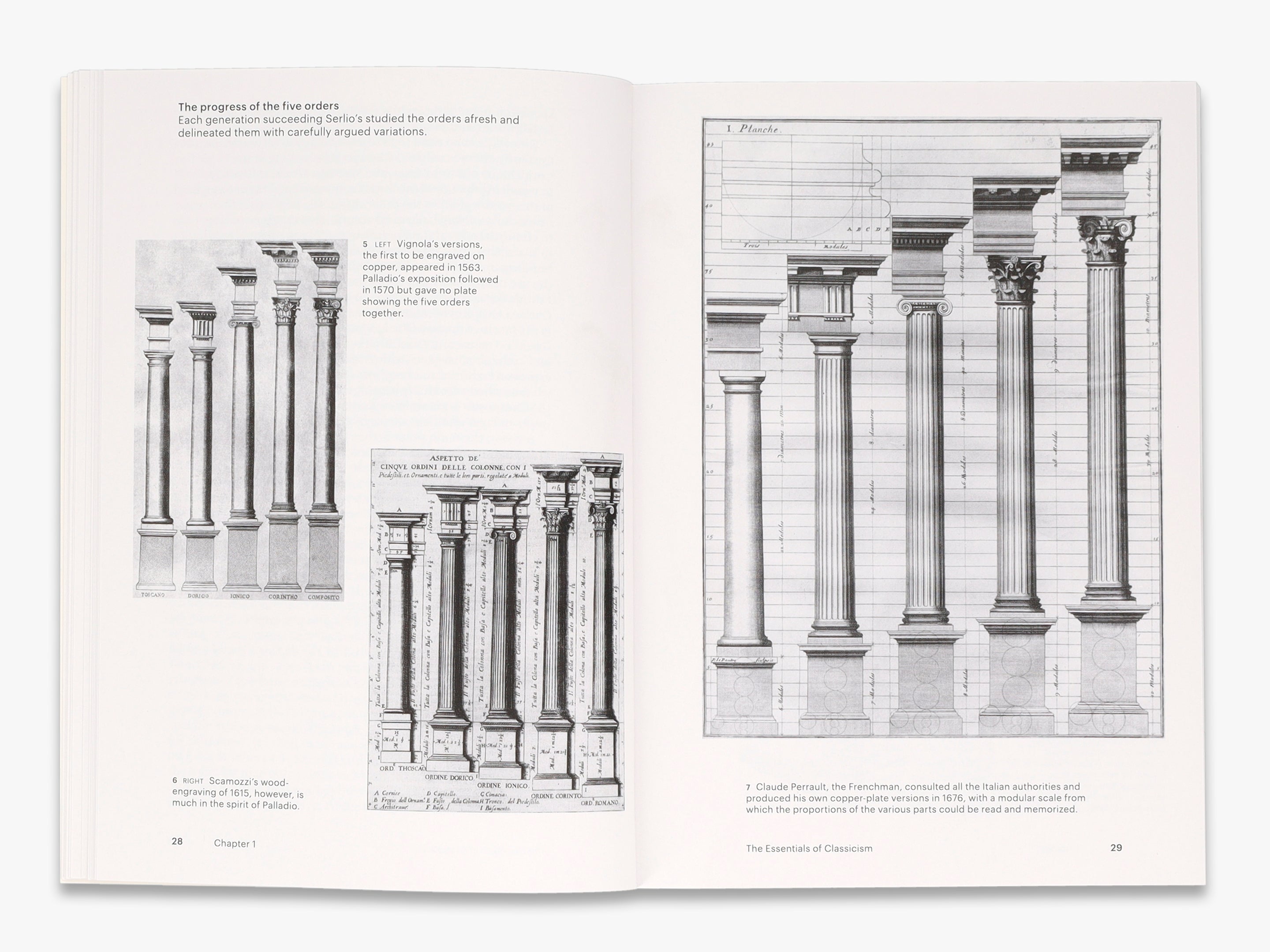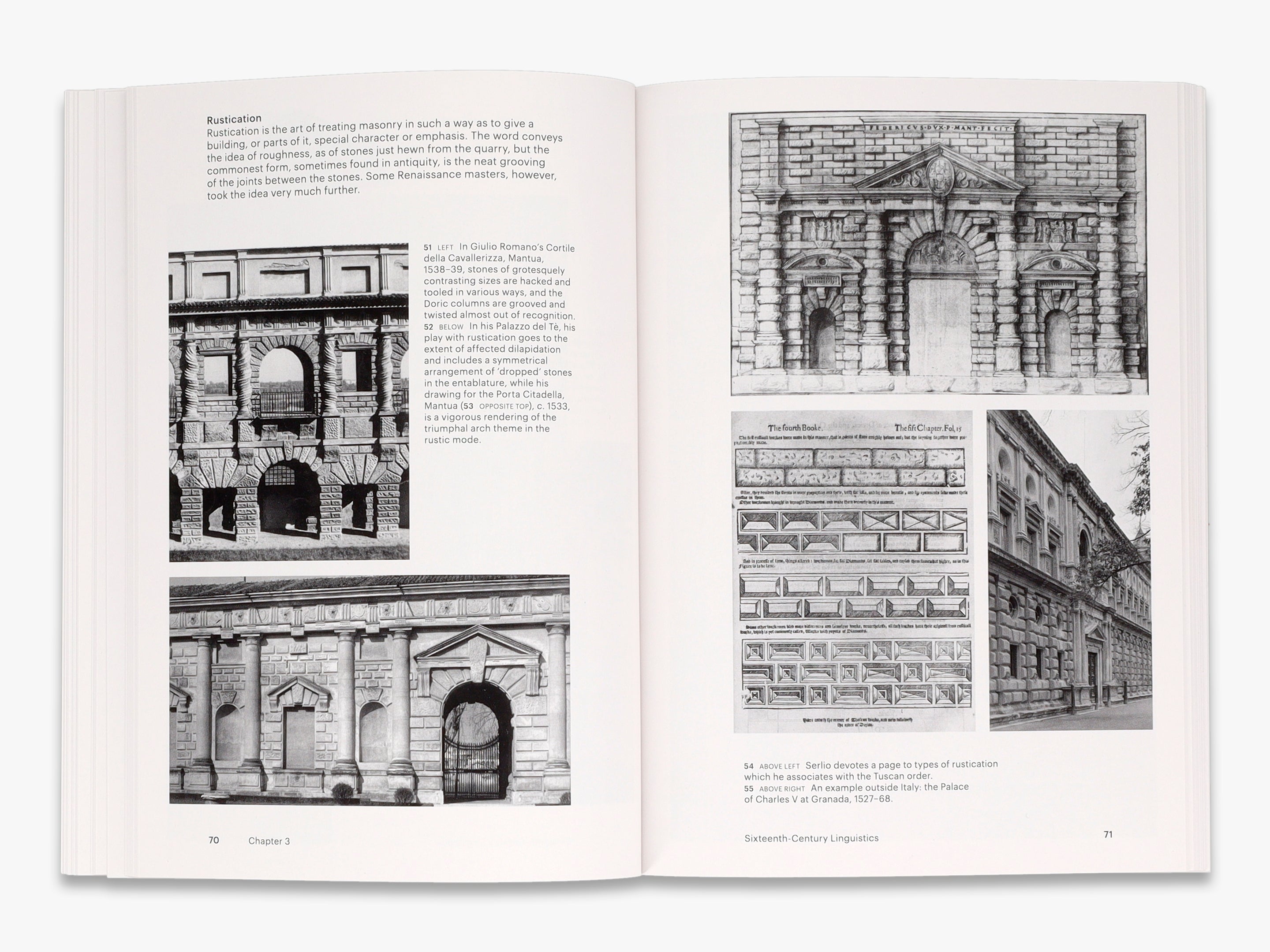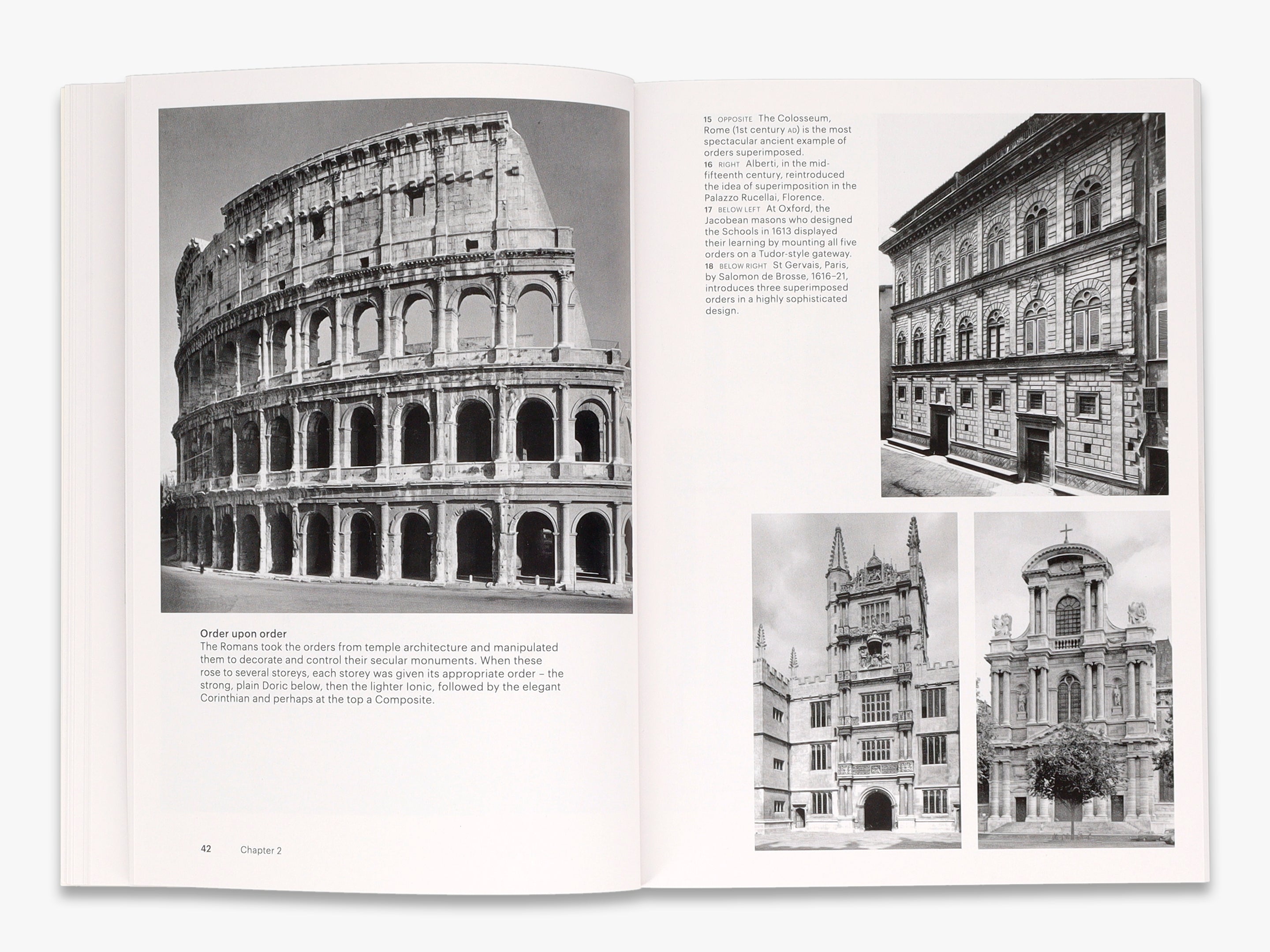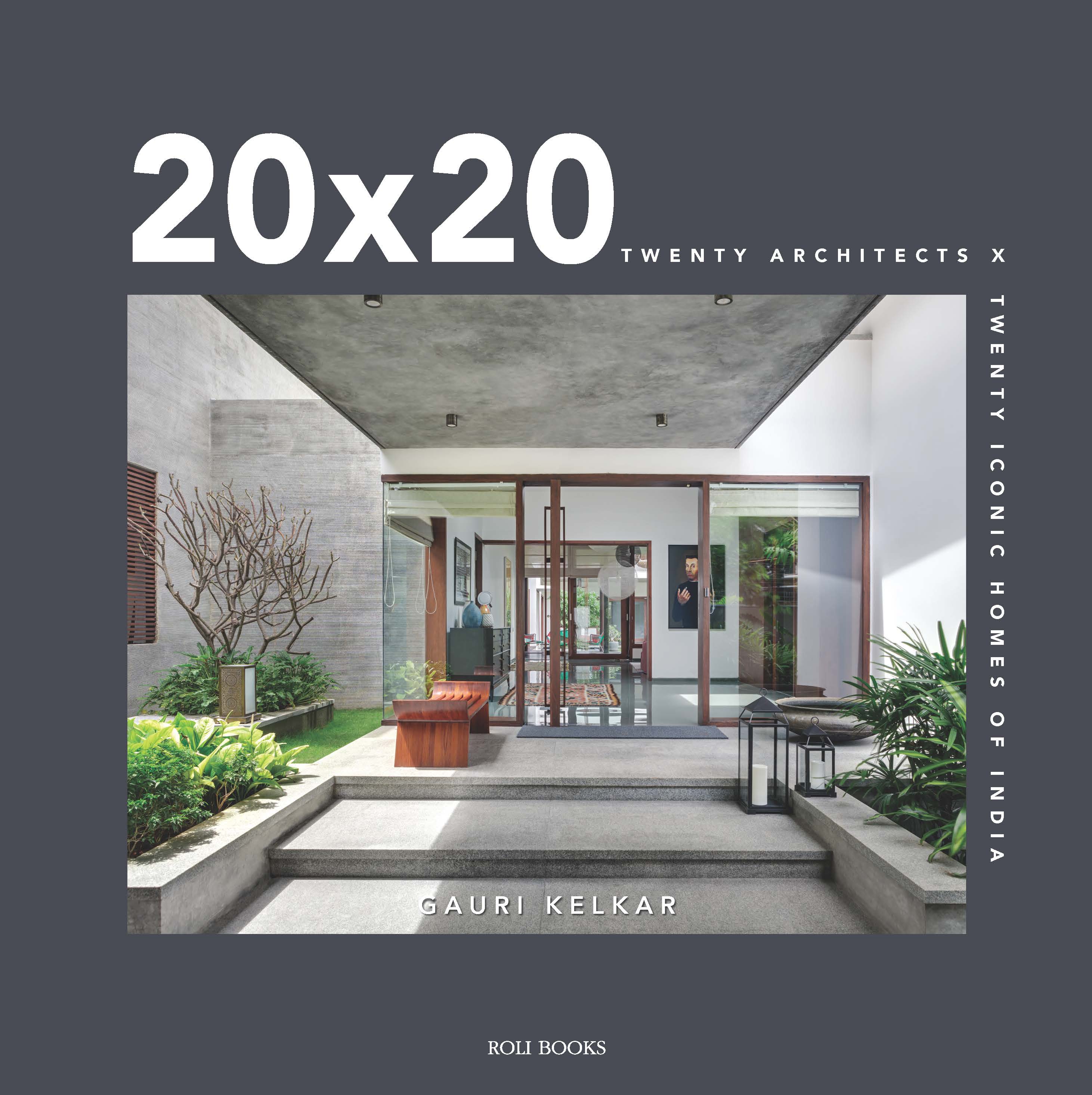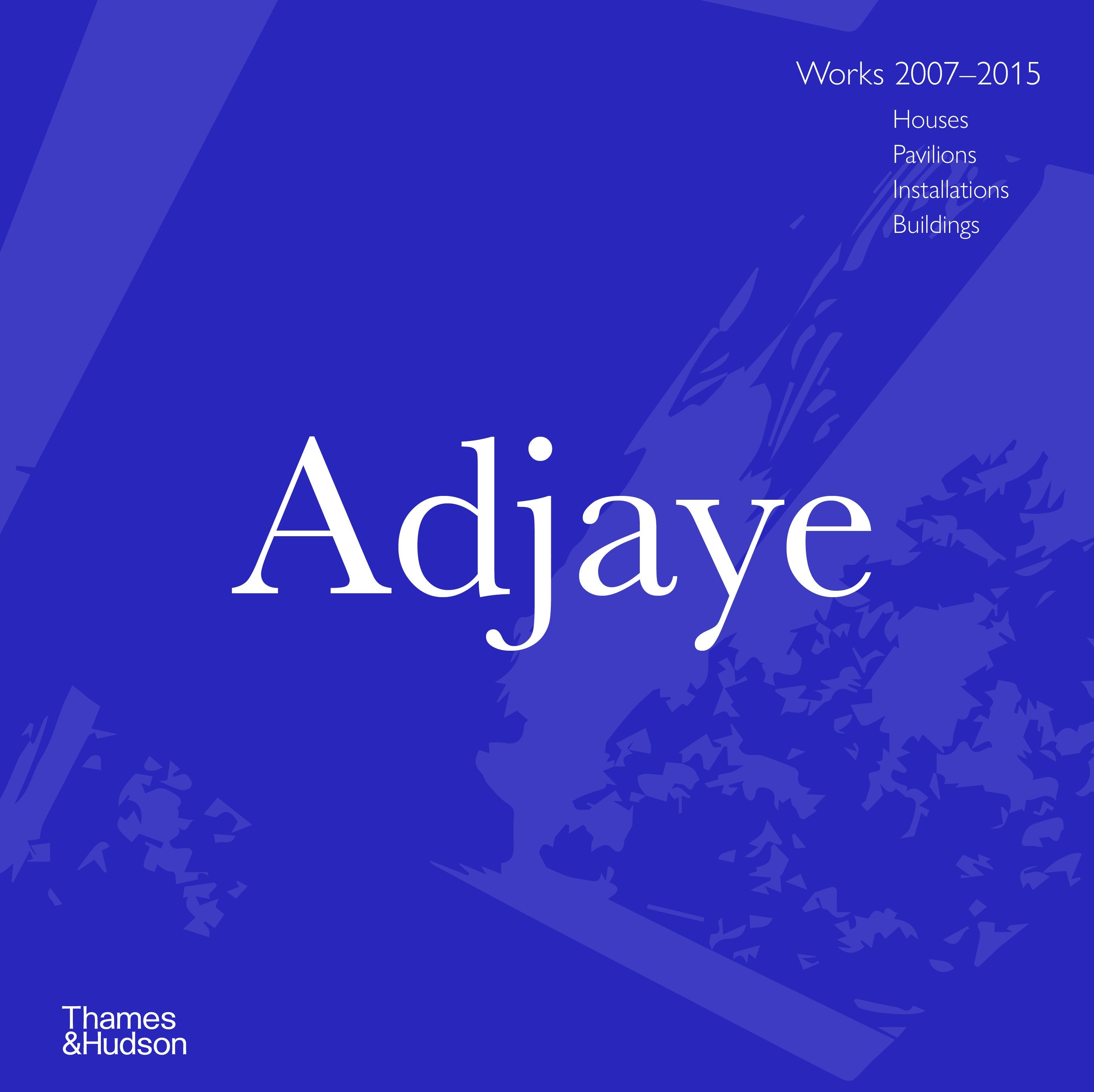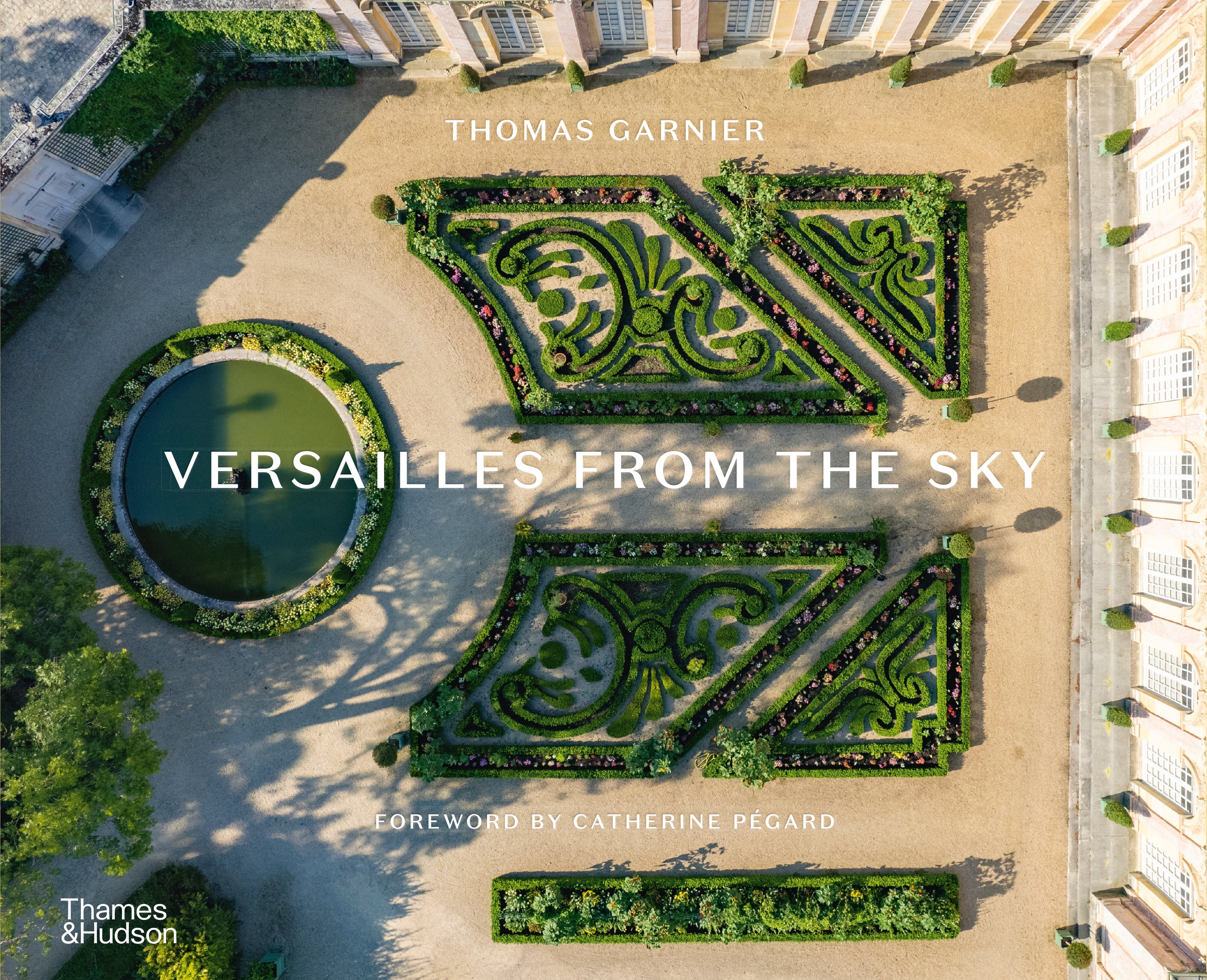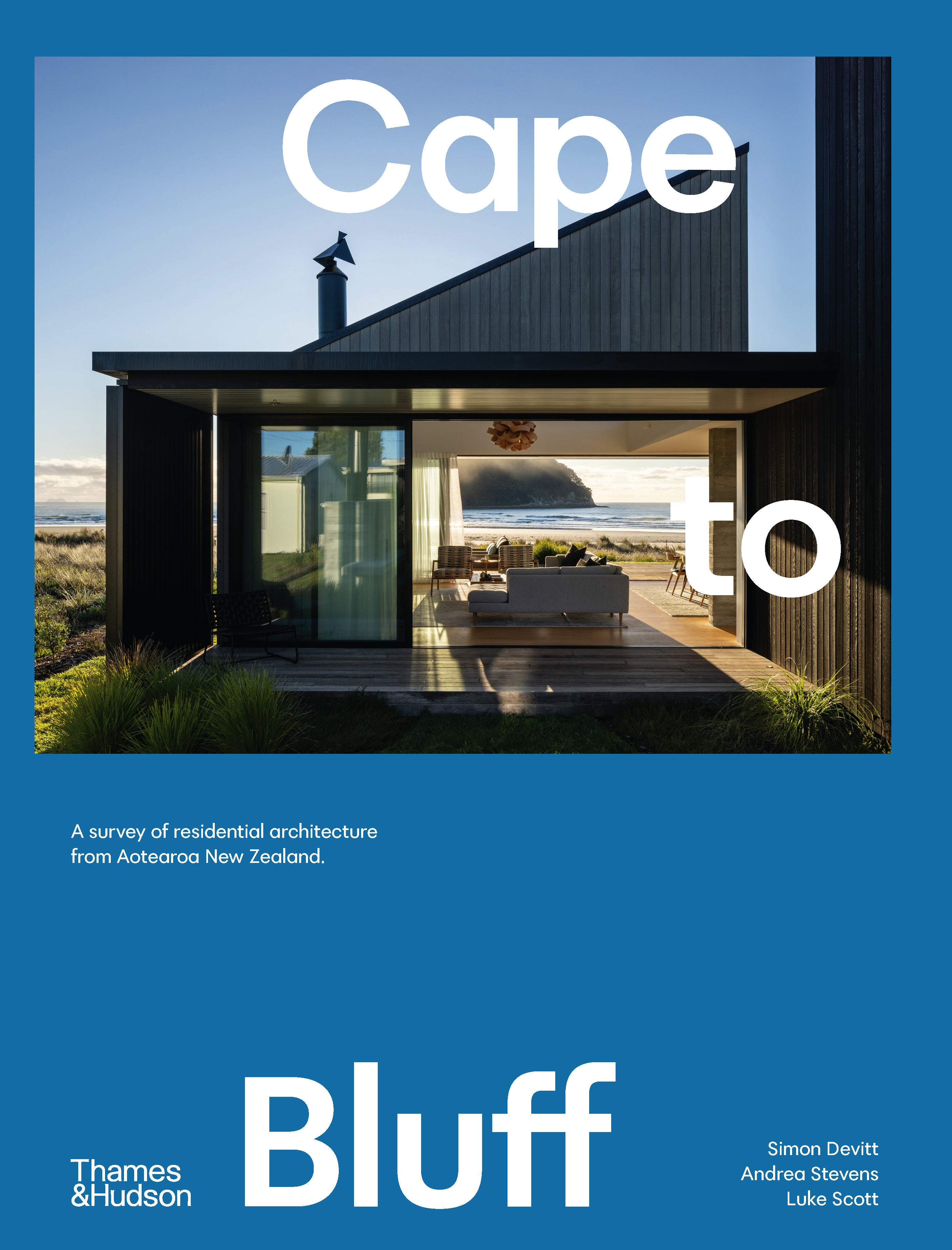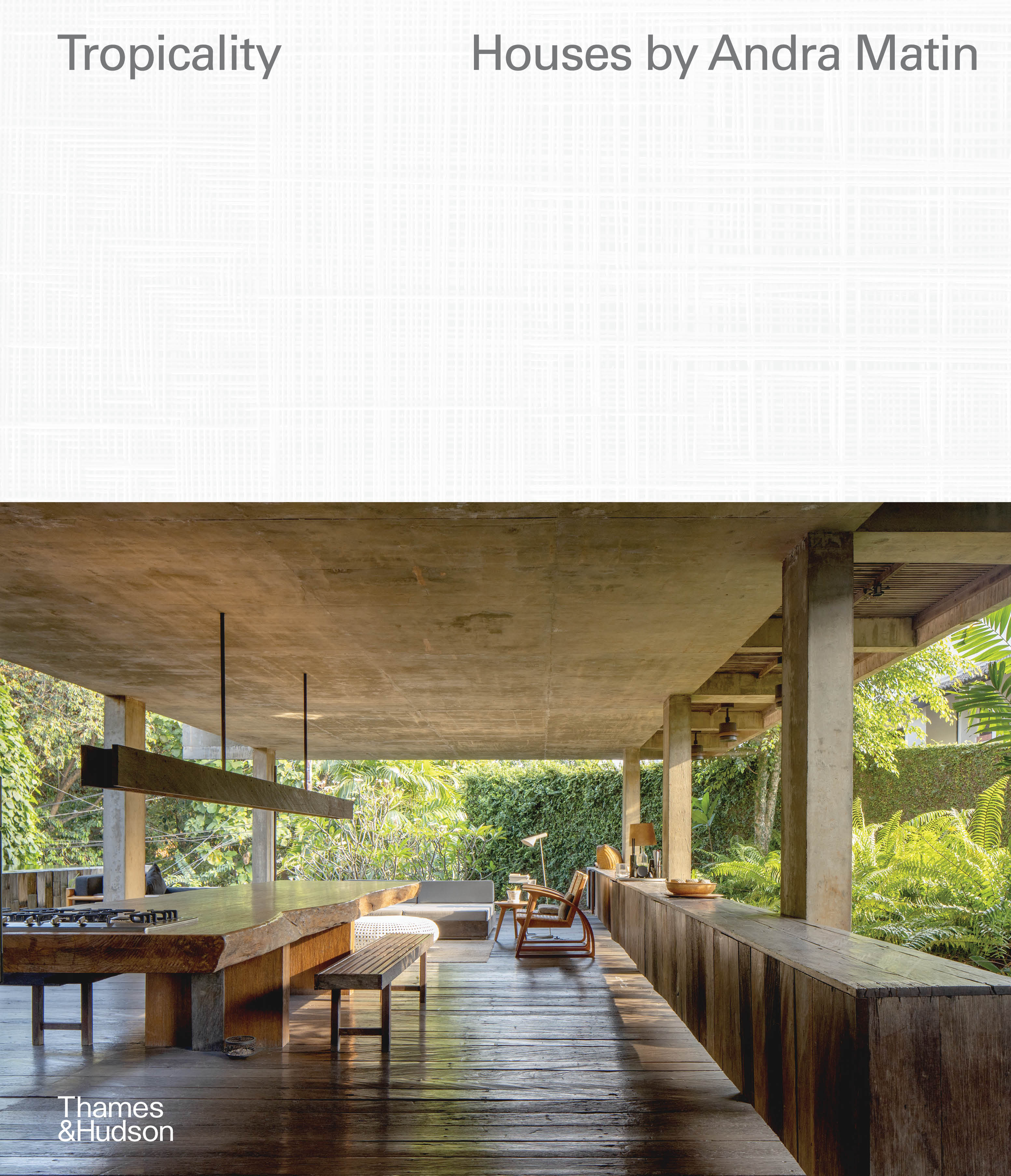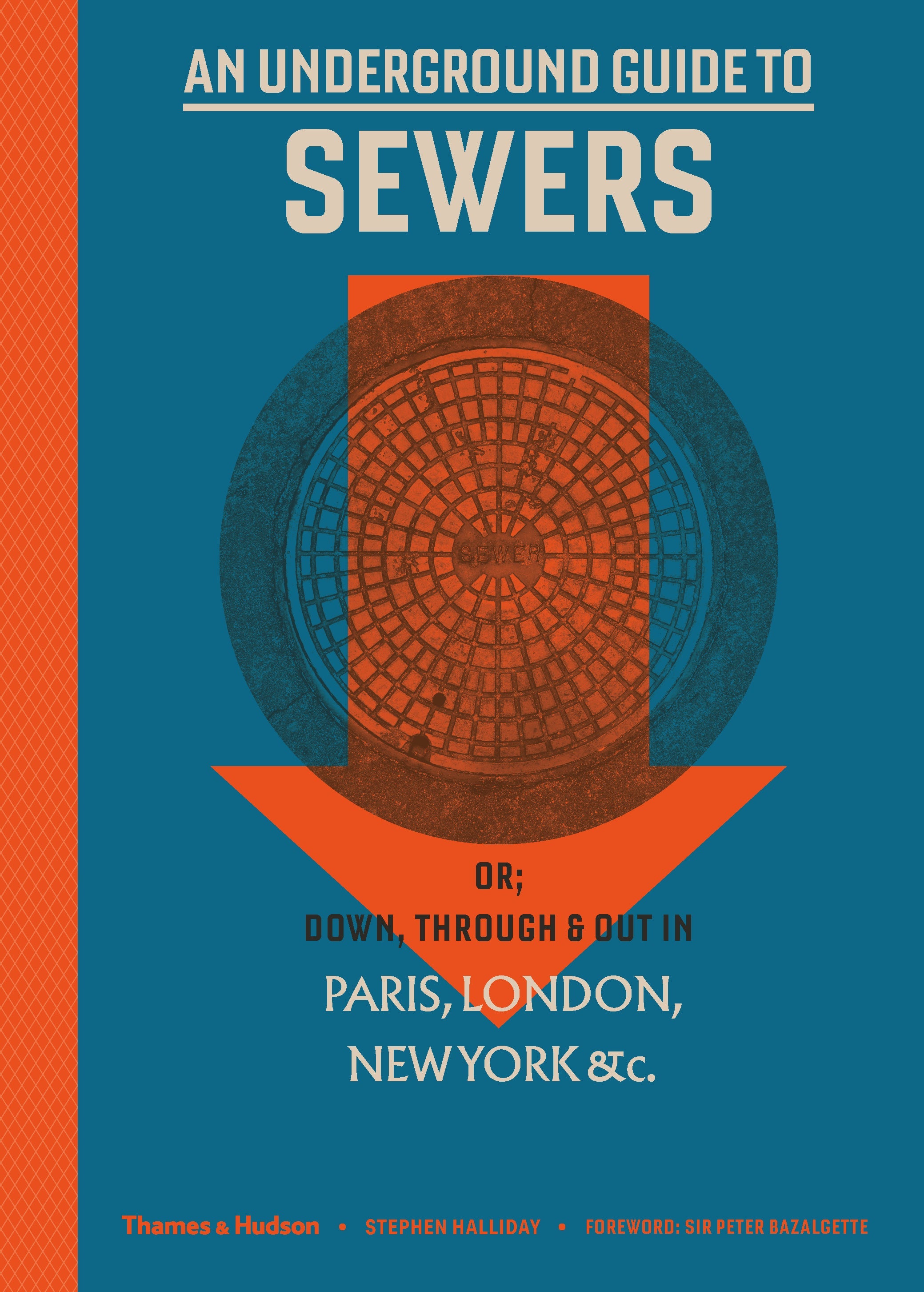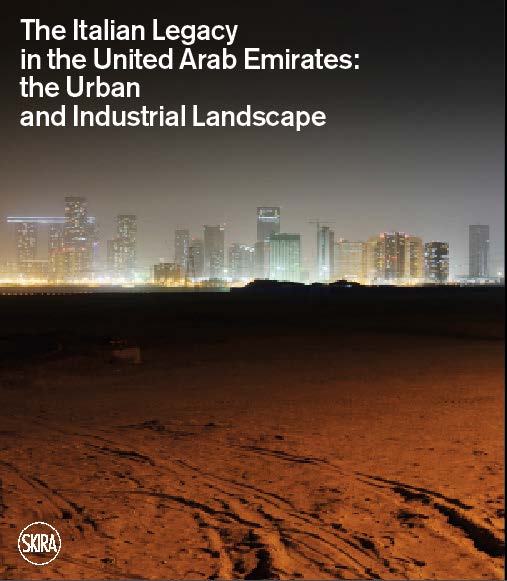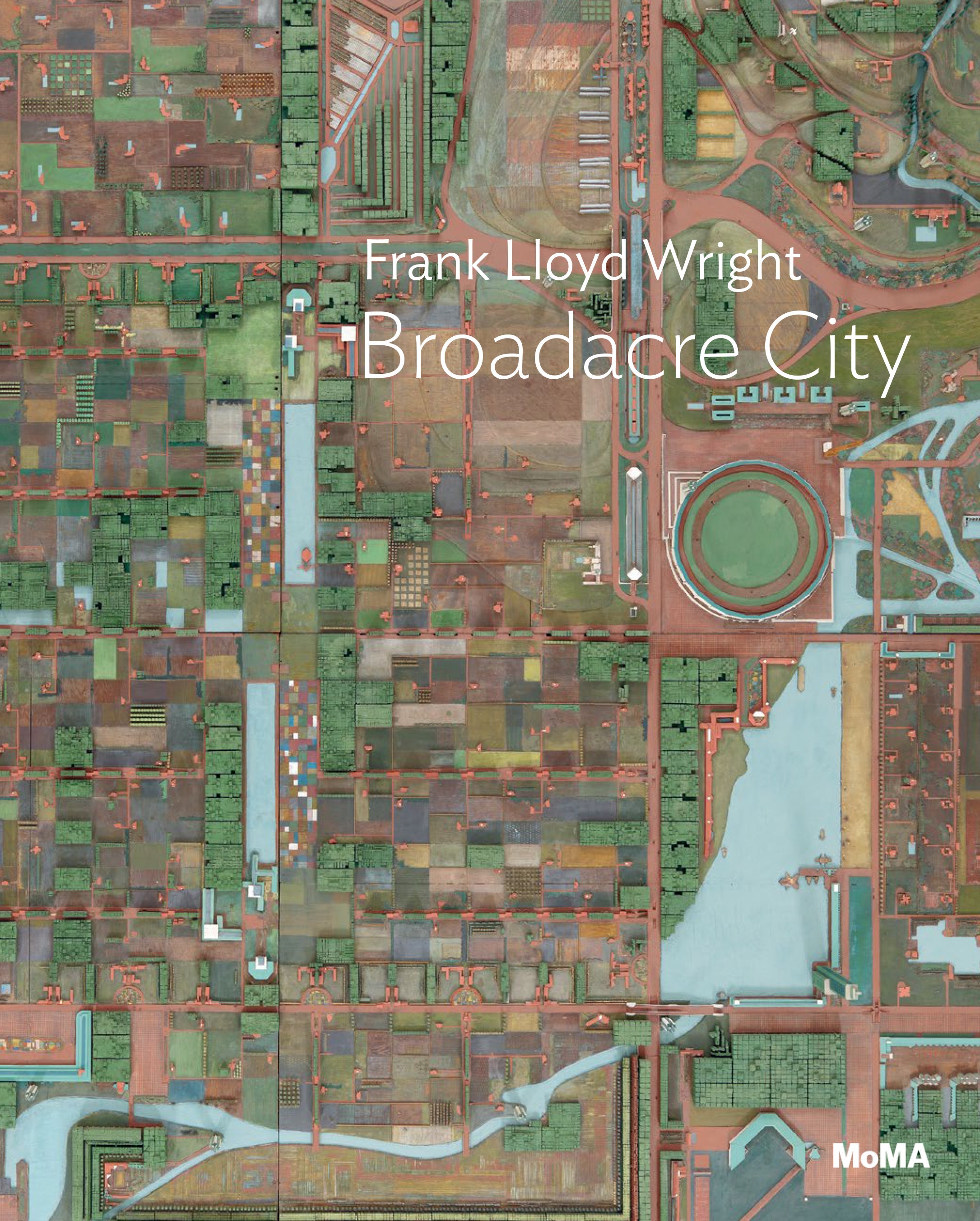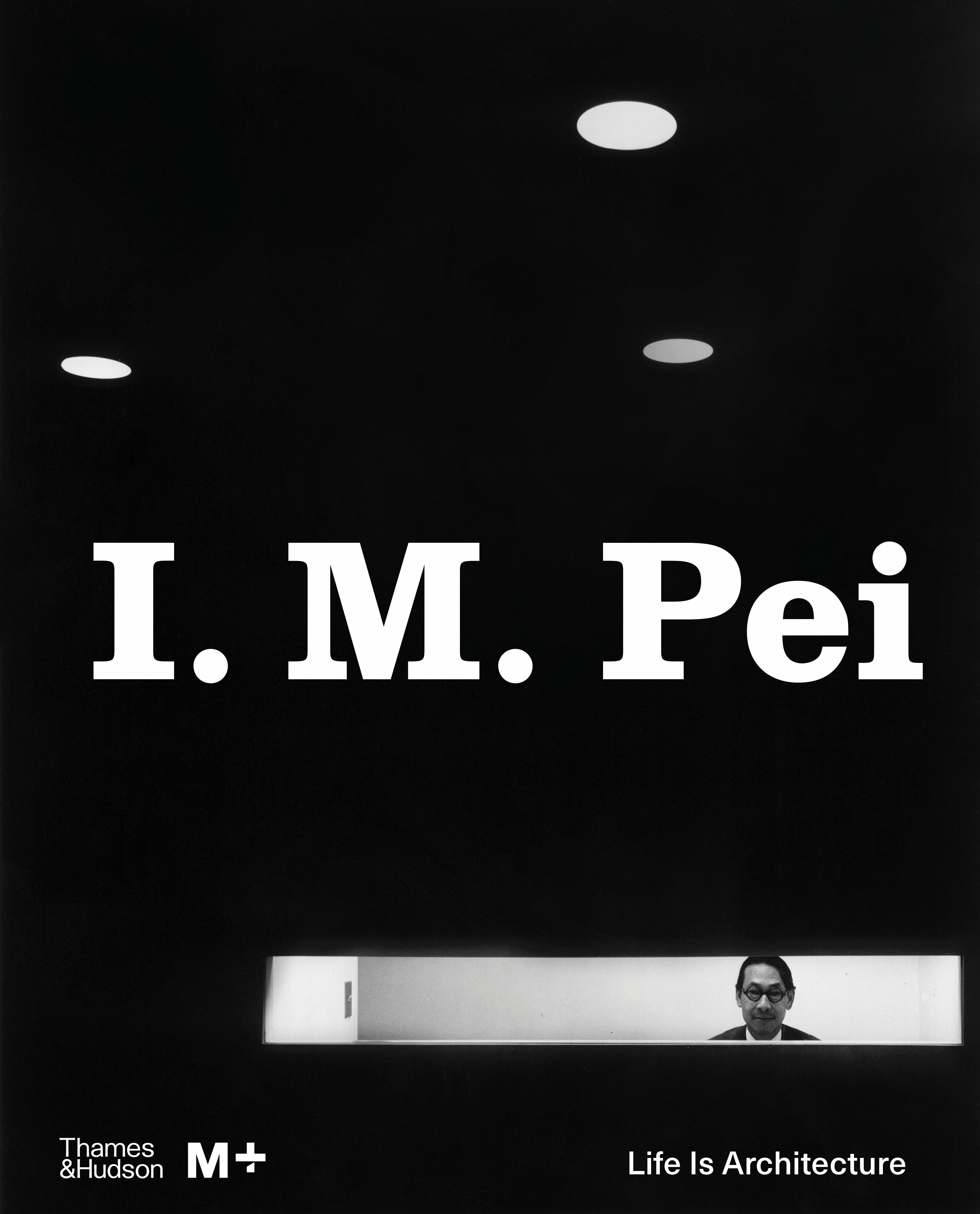The Classical Language of Architecture
John Summerson and Alan Powers
Derived from the principles of Greek and Roman architecture in antiquity, the classical style has long dominated the history of western architecture from the Renaissance to the present. Sir John Summerson’s timeless text, as relevant today as it was when first published, distils the visual language of architecture into its core classical elements, and illustrates that building throughout the ages express an awareness of the ‘grammar’ of style and its rules even if they vary, break or poetically contradict them. From the original edifices of Greece and Rome to the recapitulations and innovations of the Renaissance; the explosive rhetoric of the Baroque to the grave statements of Neo-classicism; and finally, the exuberant eclecticism of the Victorians and Edwardians to the 'stripped Neo-classicism' of some of the moderns; Summerson explains how every period has employed classical language to make their statement.
With a new introduction by academic and architectural historian Alan Powers, this introduction continues to be one of the defining texts on the subject and is essential reading for all students of architecture.
Sir John Newenham Summerson, CBE was one of the leading British architectural historians of the 20th century. He wrote mainly about British architecture, especially that of the Georgian Era. He was a Commissioner of the Royal Commission on the Historical Monuments of England, curator of Sir John Soane's Museum, London, and Slade Professor of Fine Art at the University of Oxford.













